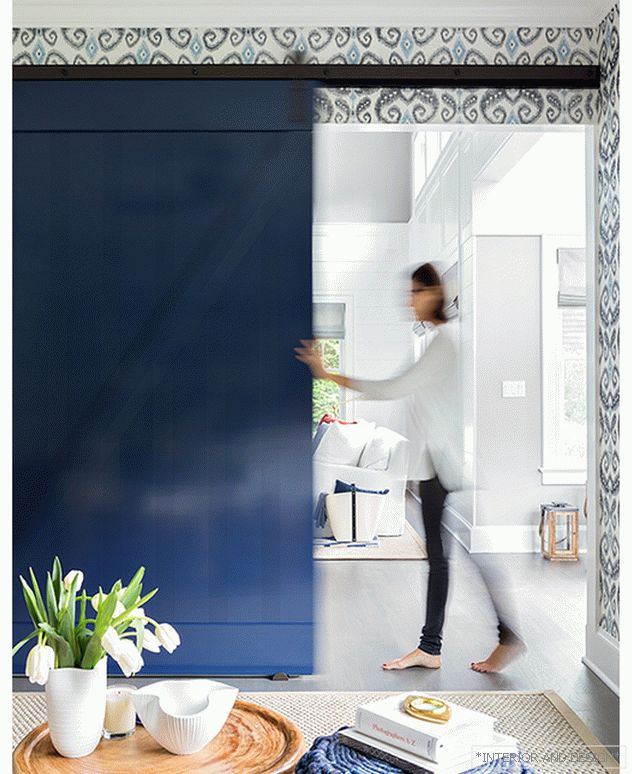The Australian Institute of Architects (Australian Institute of Architects) awarded the country's most prestigious award to "controversial and controversial" masters of ARM Architecture.
The 2016 Gold Medal was awarded to three pros by Stephen Ashton, Howard Raggatt and Jan McDougall (Stephen Ashton, Howard Raggatt, Ian McDougall). The team has become famous for convex polygons on the facades, puzzle buildings and skyscrapers portraits.
 Building RMIT University. Project 1997 Budget AU $ 10.5 Million.
Building RMIT University. Project 1997 Budget AU $ 10.5 Million. Spectacular effect and dynamic memorable image - a proprietary feature of ARM Architecture. For example, the residential tower in Melbourne depicts a portrait of the leader of the Australian Aboriginal William Barak. The convex face pattern is made up of concrete elements of balconies. Fragments of landscaping are integrated into the roof and part of the facade of the building.
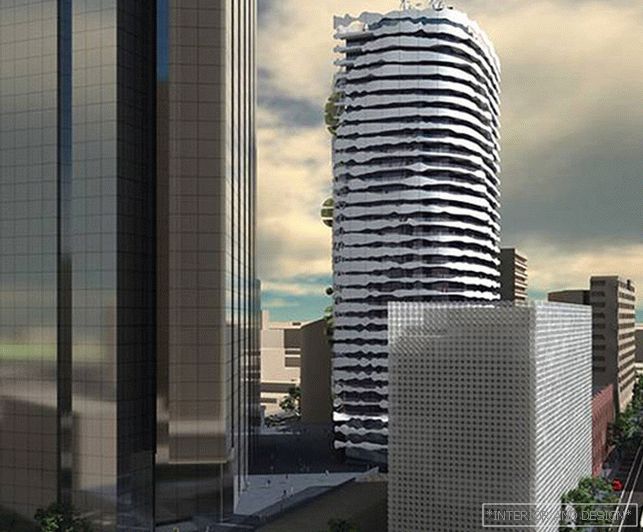 Building on the site of the former Carlton Brewery in Melbourne. 2011. A unique facade with a portrait - a tribute to the Australian leader William Barak, the leader of the aborigines.
Building on the site of the former Carlton Brewery in Melbourne. 2011. A unique facade with a portrait - a tribute to the Australian leader William Barak, the leader of the aborigines. The ARM Architecture Trio was formed exactly thirty years ago, in 1986. From the very first steps, the team began to show a large-scale and amazingly innovative architecture. The commercial component and the status of city-forming projects did not prevent the development of the architectural avant-garde, pleasing the popular publications with the original picture. Their work has been awarded national and international prizes. The digital method and the Tetris facades of ARM Architecture inspire the minds of Australian students - the trio finds time for a successful academic department.
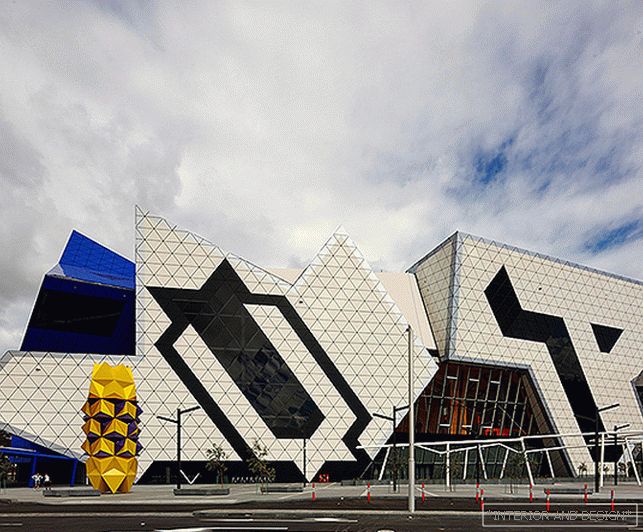 The building of the Perth Arena stadium in the city of Perth. 2013. ARM Architecture with CCN Architects (Cameron Chisholm Nicol).
The building of the Perth Arena stadium in the city of Perth. 2013. ARM Architecture with CCN Architects (Cameron Chisholm Nicol).
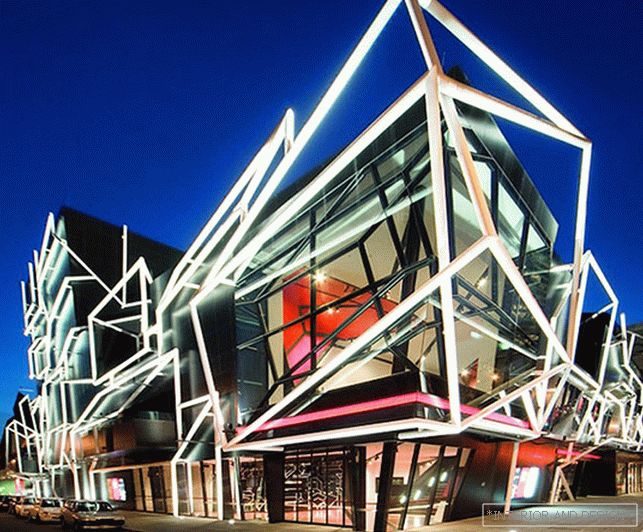 Theater in Melbourne. 2009
Theater in Melbourne. 2009 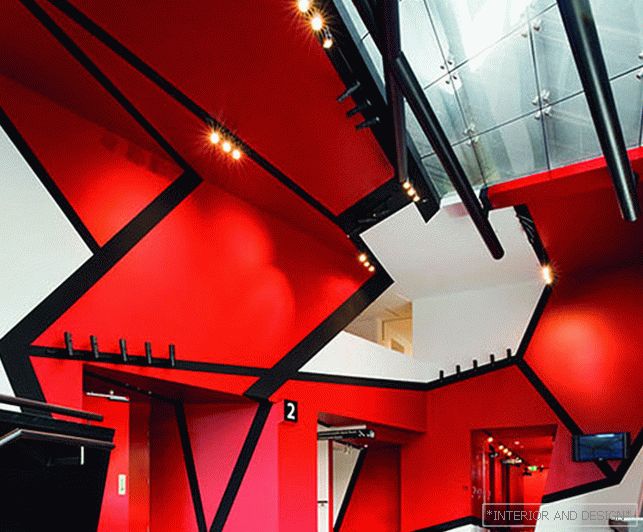 Interior theater in Melbourne. The 500-seat Drama Theater is equipped with the latest technology.
Interior theater in Melbourne. The 500-seat Drama Theater is equipped with the latest technology. Interestingly, an international scandal broke out around one of the ARM Architecture buildings. In 2001, Daniel Libeskind accused his Melbourne counterpart Howard Raggatt of stealing. The National Museum of Australia in Canberra, the construction of which was spent 155 million Australian dollars - an exact copy of its Jewish Museum in Berlin.


